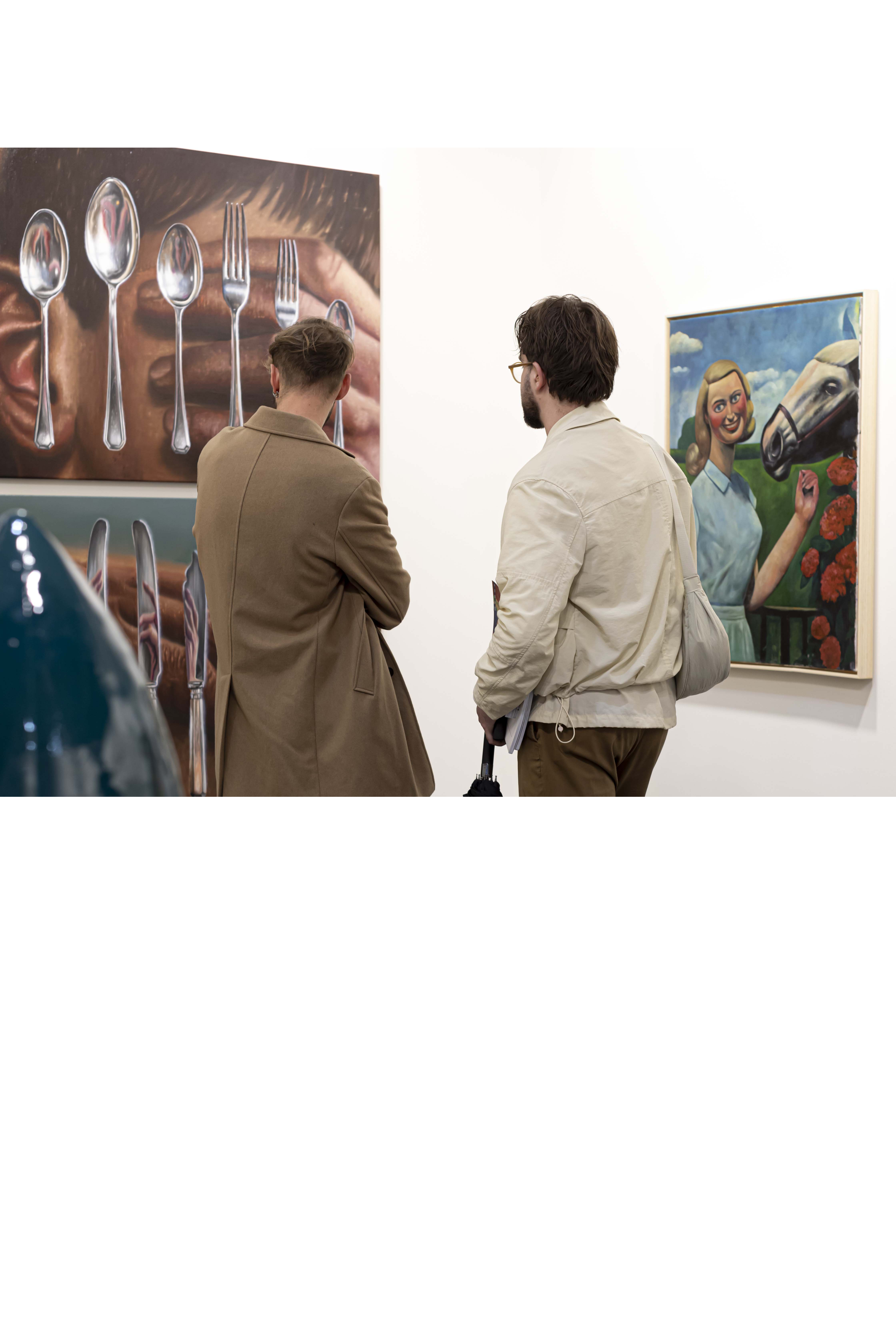Can the Market Adjust to New Collectors Taste?
The art world is undergoing a significant transformation, driven by a new generation of collectors aged 25 to 40 who are reshaping market dynamics with their distinct tastes and values. This shift is largely influenced by the “Great Wealth Transfer,” a phenomenon where an estimated $84 trillion is expected to pass to Gen Xers, Millennials, and Gen Zers over the next two decades. Specifically, Gen Xers are projected to inherit $30 trillion, Millennials $27 trillion, and Gen Zers $11 trillion. Artnews This influx of wealth has empowered younger collectors to make impactful decisions in the art market, particularly favoring new and emerging artists. According to the Art Basel and UBS Survey of Global Collecting 2024, high-net-worth individuals allocated 52% of their art expenditure in 2023 and early 2024 to such artists, marking an 8% increase from previous periods. The survey defines “new artists” as those new to the commercial market without gallery representation, and “emerging artists” as those who have been active in galleries or museums for less than a decade. Artbasel
Younger collectors often seek meaningful connections with the art they acquire. Jeffrey Liu, a Gen Z collector and co-founder of Stilllife, an artist incubation space across NY and East Asia, emphasizes the importance of engaging directly with contemporary artists. He finds value in exchanging ideas and growing alongside the artists, noting that his generation prioritizes experiencing art and naturally gravitates towards emerging talents.
Art fairs have become pivotal venues for discovering new artists, with 55% of collectors ranking them as top sources for such encounters. Gallerist Rózsa Farkas of London’s Arcadia Missa highlights the role of fairs in maintaining international relationships and promoting artists to diverse audiences. Her gallery, known for showcasing radical and rigorous work by emerging artists, exemplifies the growing interest in fresh artistic voices.
Major galleries are also adapting to these evolving tastes. Blue-chip establishments like Hauser & Wirth, Pace, Gagosian, and David Zwirner have increasingly incorporated young and emerging artists into their rosters. Between 2023 and 2024, Pace added three painters born in the 1990s, while David Zwirner welcomed two in 2024. Hauser & Wirth introduced its Collective Impact model, collaborating with smaller galleries to support emerging and mid-career artists, and began representing artists like Michaela Yearwood-Dan and George Rouy, both born in 1994.
As we progress through 2025, the art market continues to evolve, influenced by economic factors and shifting collector preferences. In 2024, total fine-art auction sales experienced a significant decline of 27.3%, totaling $10.2 billion. High-value segments were notably affected, with sales of artworks priced over $10 million dropping by 44.2%, and the ultra-contemporary art sector experiencing a 37.9% decrease. Artnet News
Despite the downturn in high-end sales, certain market segments have demonstrated resilience. The print market, for instance, is expected to maintain stability throughout 2025, with mid-year results reflecting a percentage increase. However, concerns remain regarding the mid-tier segment, particularly in light of anticipated tax policy changes in the United States that could impact transactions in the $100,000 to $1 million range. MyArtBroker
The contemporary art market also shows signs of adaptation. In 2024, sales reached $1.89 billion, with a majority of transactions involving artworks priced under $5,000. Conversely, sales of high-end contemporary works over $50,000 declined by 21%, indicating a more cautious approach among collectors toward substantial investments. Hypebeast
In summary, while the art market faces ongoing challenges, particularly in high-value segments, emerging trends such as the rise of private sales and the stability of the print market offer avenues for growth. Collectors and investors are advised to remain informed and adaptable to navigate the evolving landscape effectively.
This evolving landscape presents both opportunities and challenges for collectors aged 25 to 40. Engaging with emerging artists allows for the acquisition of potentially significant works and fosters a deeper connection to the creative process. However, the market has witnessed speculative bubbles in the past, such as the enthusiasm for “Zombie Formalism” and the fervor for Black figurative painting. These trends serve as cautionary tales, reminding collectors to approach new movements with discernment and a focus on long-term artistic value.
For aspiring collectors, participating in art fairs, building relationships with galleries, and staying informed about market trends are essential strategies. By doing so, young collectors can navigate the art world confidently and contribute to shaping its future, ensuring that their investments are both personally fulfilling and financially sound.

